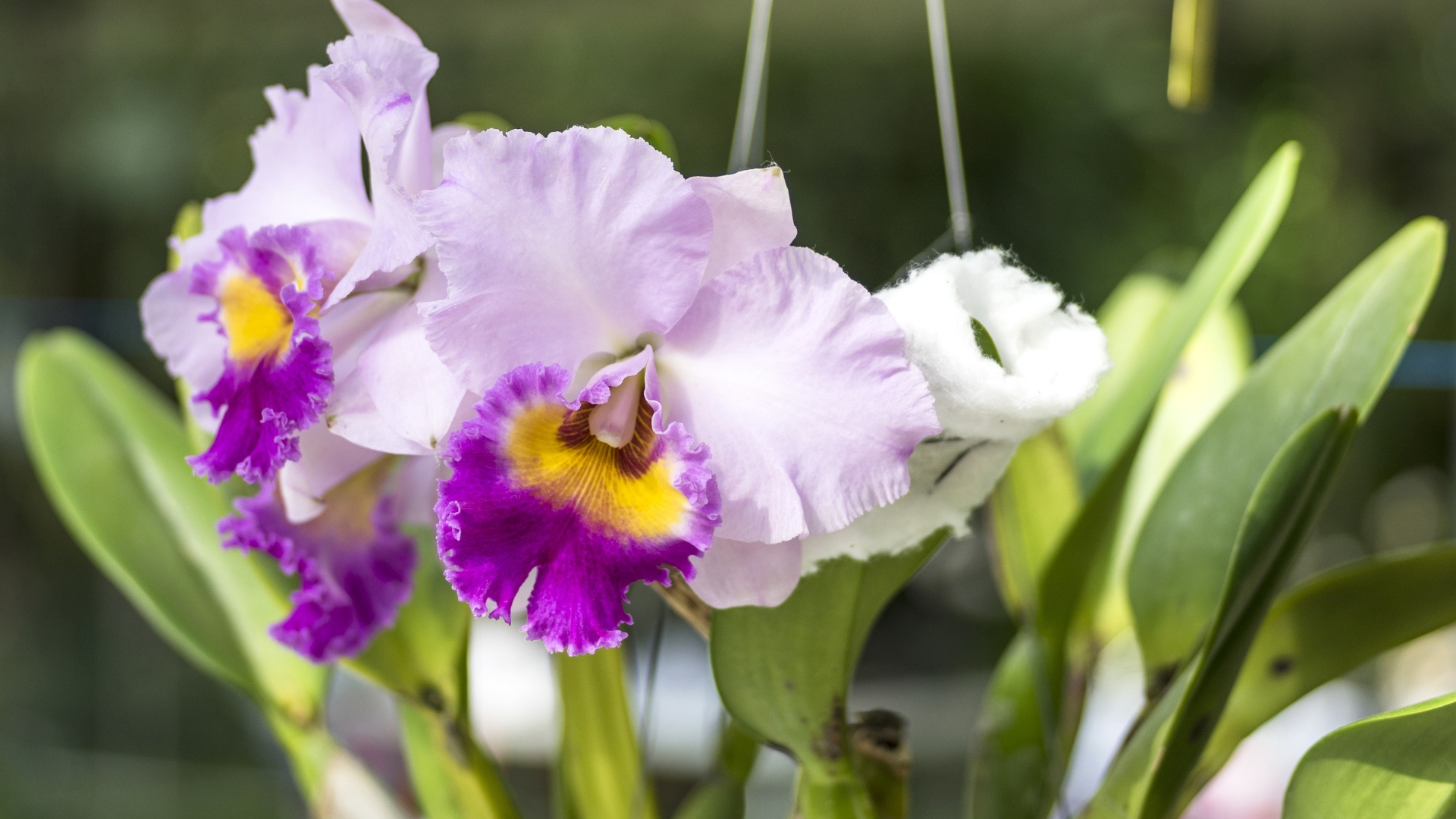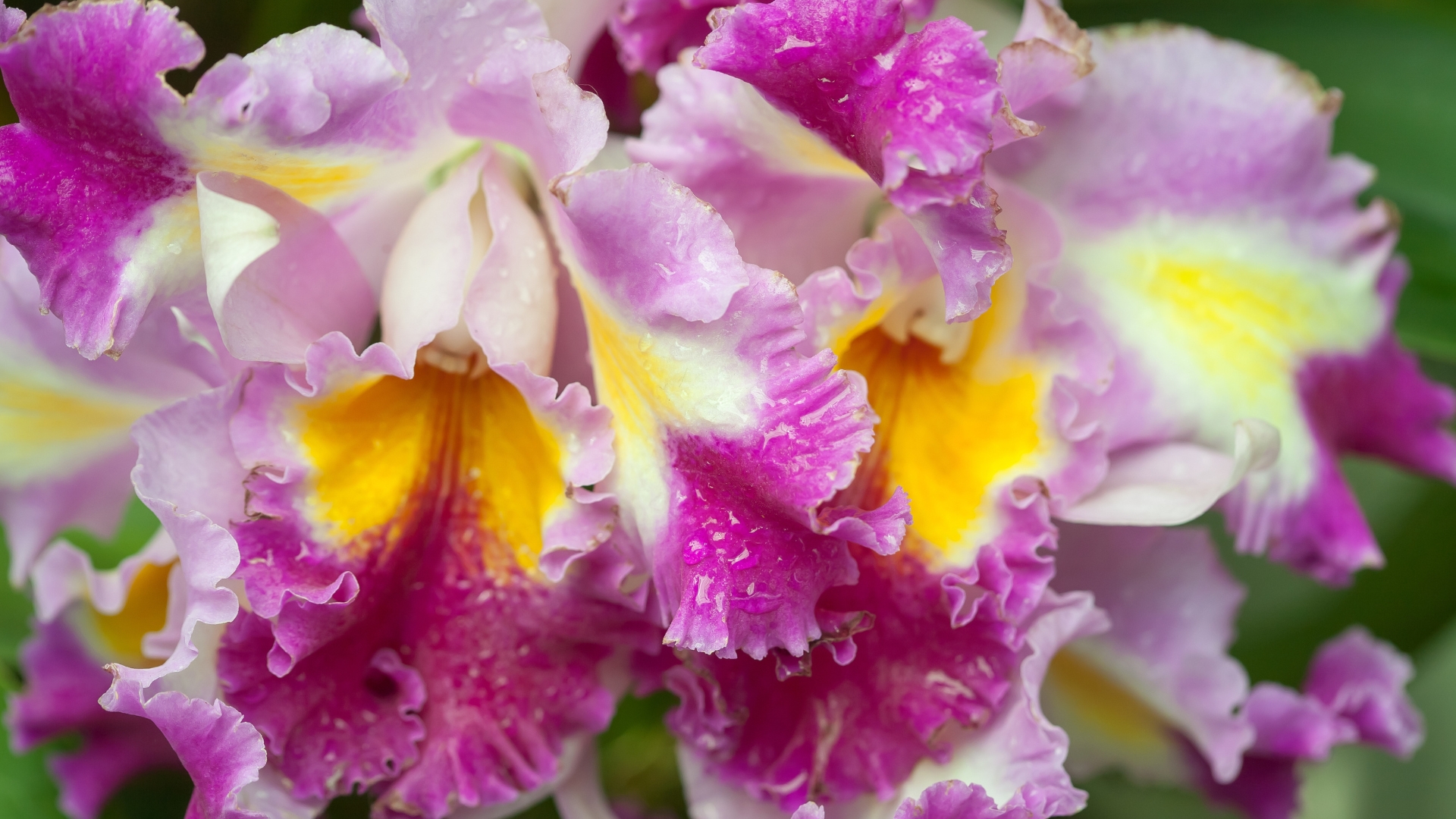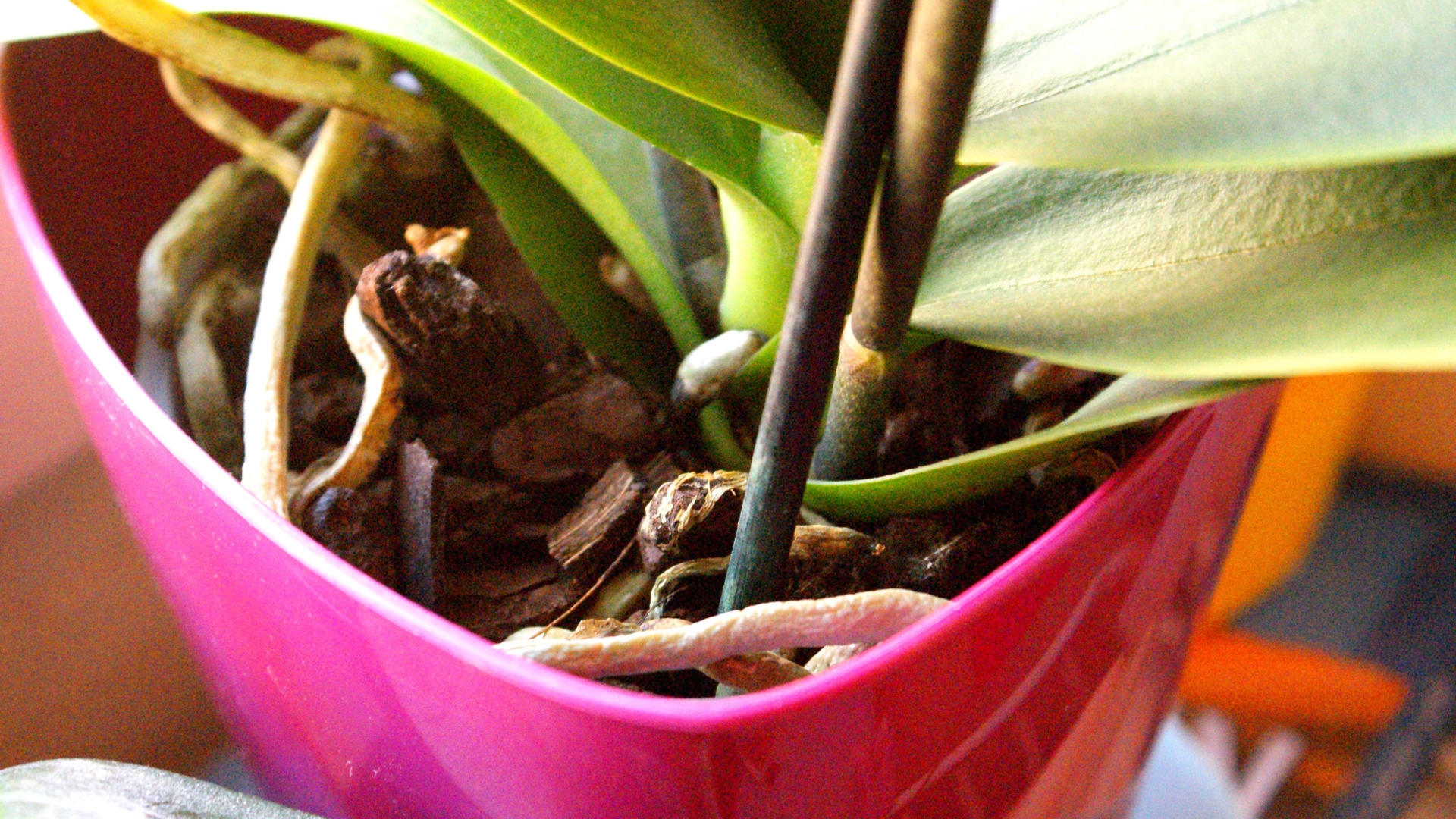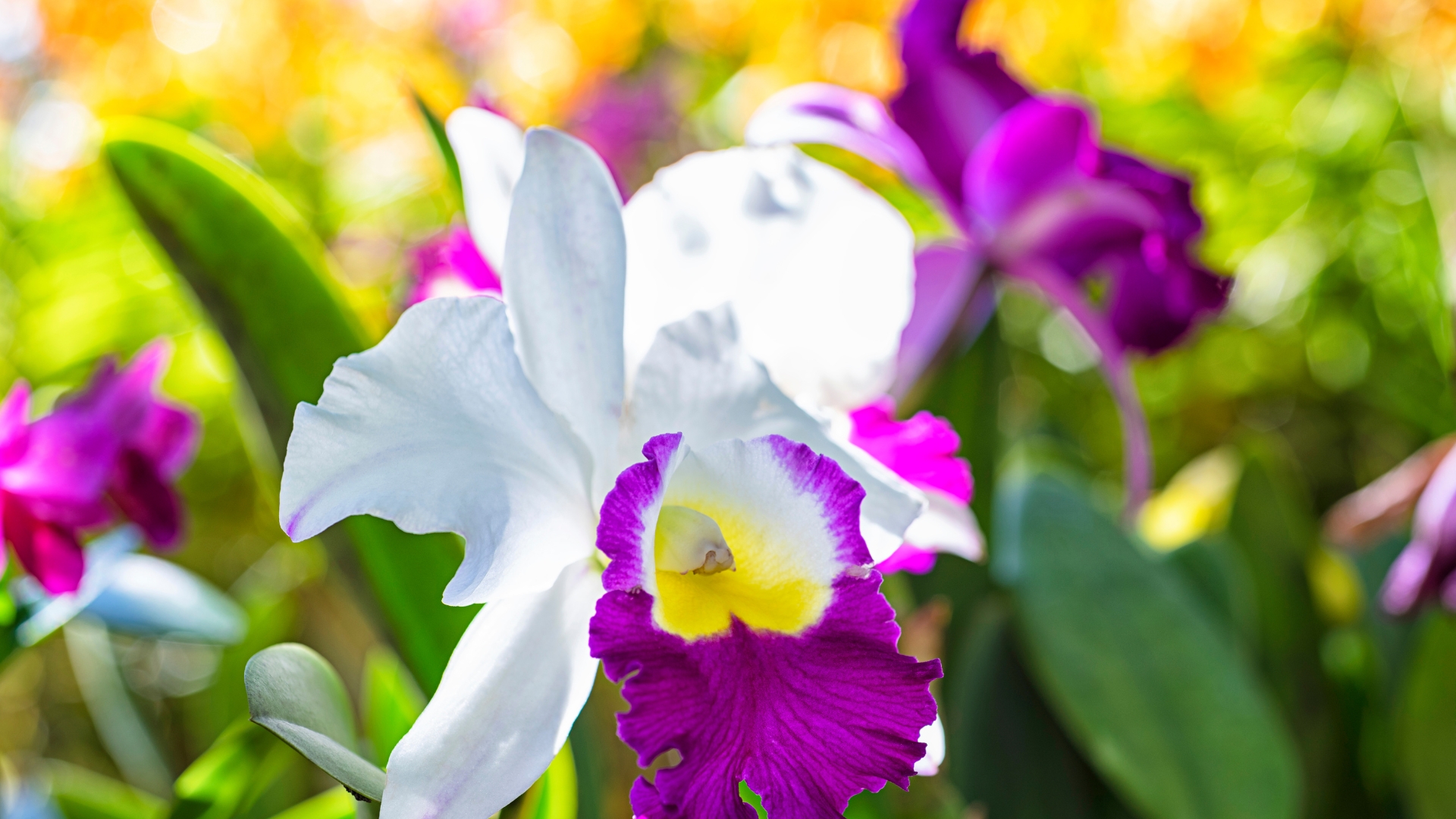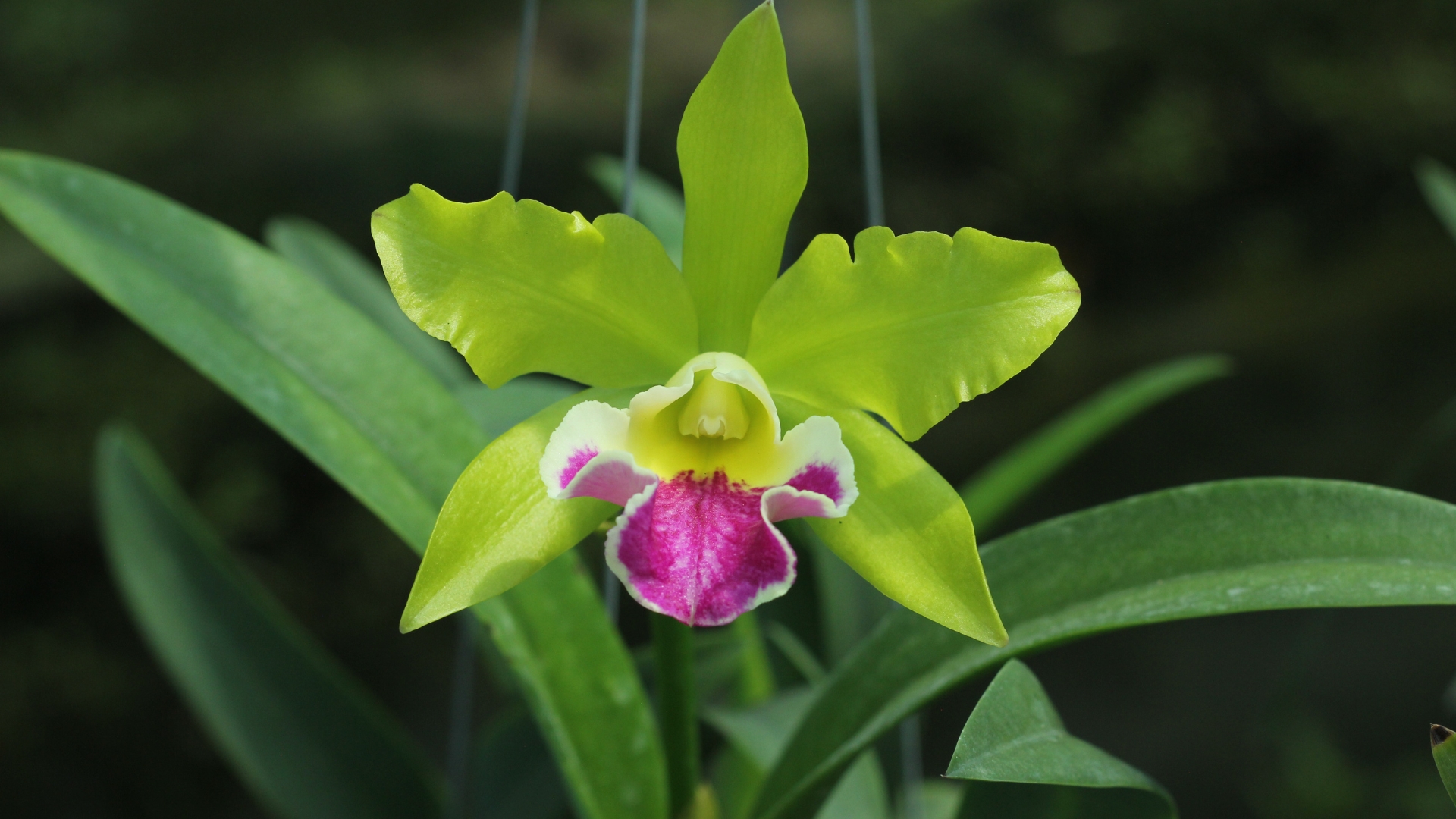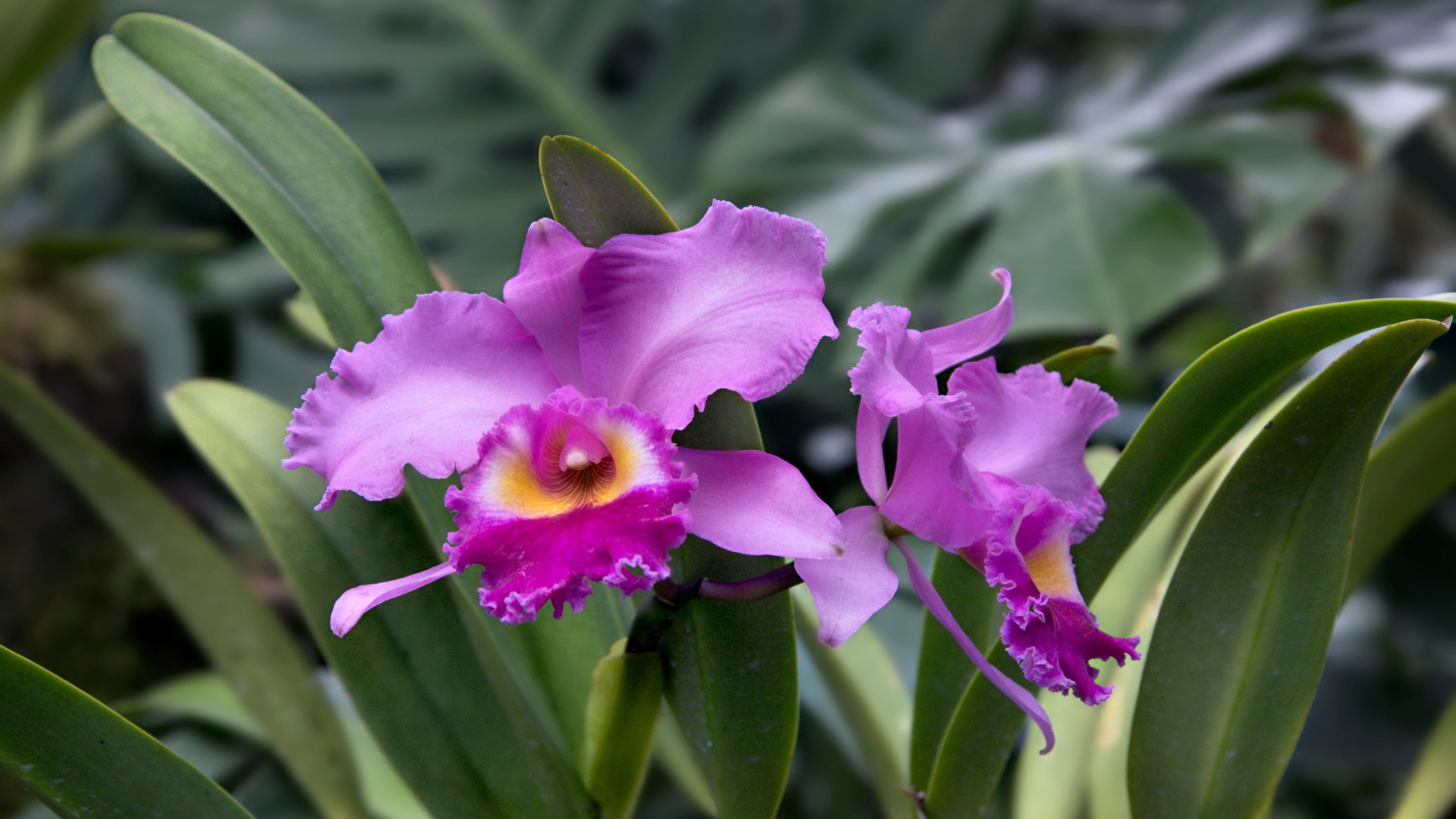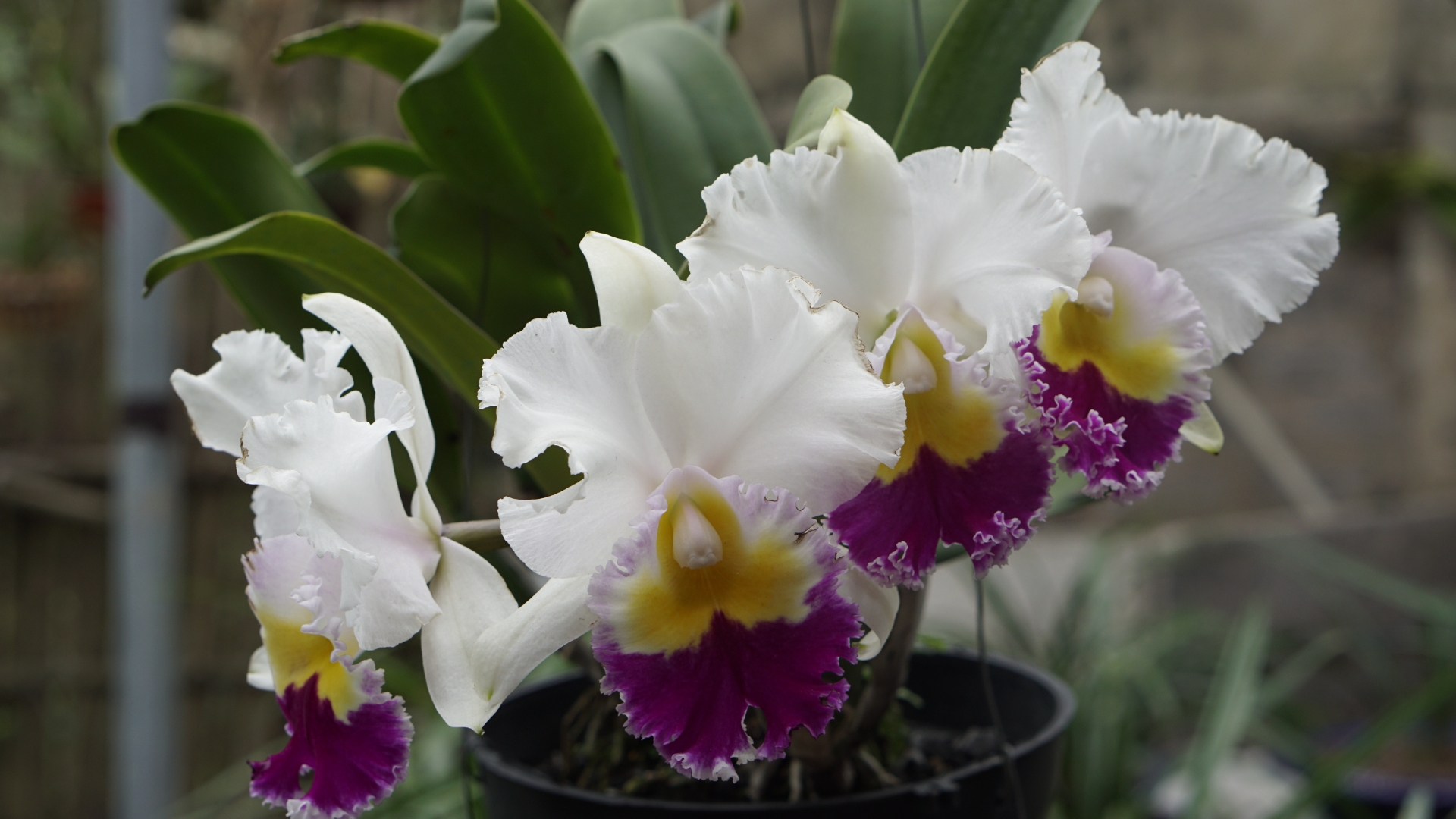I’ve grown my fair share of houseplants, but nothing turns heads quite like a Cattleya orchid.
These beauties don’t just bloom—they put on a full-blown performance, flaunting their oversized, ruffled petals like they’re on a floral red carpet.
And the fragrance? It’s the kind that fills a room, sweet and intoxicating, lingering long after you’ve walked away.
If you think orchids are delicate or difficult, let me stop you right there—Cattleyas are surprisingly tough and thrive indoors with the right care. Whether you want a statement plant or just something to add a touch of elegance to your space, this orchid does it all.
Ready to bring home the ultimate show-stopper? Let’s dive into why the Cattleya orchid deserves a prime spot in your collection.
Cattleya Orchid Is A True Masterpiece
Among the vast world of orchids, the Cattleya stands in a league of its own. Native to Central and South America, these orchids thrive in warm, humid environments where they grow attached to trees rather than in soil.
Unlike smaller, delicate orchid varieties, Cattleyas are known for their impressive size—blooms can reach up to 8 inches (20 cm) wide, making them one of the largest flowering orchids.
Their thick, fleshy leaves store water, helping them withstand periods of dryness, a trait that makes them easier to care for indoors than many people assume.
Beyond their size and structure, Cattleyas have earned their reputation as “The Queen of Orchids” due to their striking colors and intoxicating fragrance.
Their petals can take on a dazzling variety of hues, from deep purples and fiery oranges to soft pinks and creamy whites, often with intricate patterns and ruffled edges that add to their charm.
And then there’s the scent—a rich, sweet aroma that fills a room, reminiscent of vanilla, citrus, or even jasmine, depending on the variety.
Once highly prized for corsages in the early 20th century, these orchids remain a symbol of luxury, refinement, and timeless beauty. If you’re looking for a plant that brings both elegance and presence into your home, the Cattleya orchid is truly a masterpiece.
Provide Your Cattleya With The Ideal Soil
Cattleya orchids may be showy, but they don’t need rich, dense soil like your average houseplant. In fact, put them in regular potting mix, and you’re asking for trouble.
These orchids are epiphytes, which means they naturally grow attached to trees, soaking up moisture and nutrients from the air.
They need a light, well-draining medium that mimics their natural habitat, allowing air to circulate around their roots. A mix of bark, perlite, and sphagnum moss is ideal, preventing water from sitting too long and causing root rot.
Choosing the right pot is just as important as the soil itself. Go for a pot with plenty of drainage holes—clear plastic pots work well since they let you monitor root health.
If the roots are green, they’re happy; if they turn silvery-white, it’s time to water. Get the soil and drainage right, and your Cattleya will thank you with strong, healthy roots and spectacular blooms.
Make Sure To Give It Enough Light
If you want your Cattleya to bloom like a showstopper, light is non-negotiable. These orchids thrive in bright, indirect light, much like they would in their natural tropical habitat under the canopy of trees.
Without enough light, their leaves turn dark green, and flowering becomes a distant dream. But give them the right amount, and you’ll be rewarded with vibrant blooms that steal the spotlight.
A south- or east-facing window is perfect, providing just the right intensity without scorching the leaves.
Not sure if your orchid is getting enough light? Check the leaves—healthy Cattleya foliage should be a light, grassy green.
If it’s too dark, move it closer to a light source. If it’s turning yellow or developing burn spots, it might be getting too much direct sun.
In winter, when natural light is weaker, consider using a grow light to keep your plant happy. The right balance of brightness is the secret to unlocking those jaw-dropping flowers.
Your Watering Schedule Must Be Perfect
When it comes to watering, Cattleya orchids like a Goldilocks approach—not too much, not too little, just right.
Their roots need to dry out between waterings to avoid rot, but they also can’t be left bone dry for too long. A good rule of thumb is to water when the roots start turning silvery-white, usually once a week.
Always use room-temperature water, letting it run through the pot so the medium gets a thorough soak without pooling at the bottom.
The season also affects how often you water. During active growth in spring and summer, they drink more, so you’ll need to water more frequently.
In fall and winter, when the plant rests, cut back and let the medium dry out a little longer. And here’s a pro tip—watering in the morning gives the roots time to absorb moisture before nighttime, preventing fungal issues.
A perfect watering routine keeps your Cattleya hydrated and thriving without drowning it.
Don’t Forget Temperature And Humidity
Cattleya orchids love warmth, but they also need a bit of contrast between day and night temperatures to trigger blooming. Ideally, daytime temperatures should range between 65–80°F, with a slight drop at night.
This temperature fluctuation mimics their natural environment and signals to the plant that it’s time to flower. If your home stays too warm or too cool all the time, you might struggle to see those stunning blooms.
Humidity is just as crucial—Cattleyas thrive in 50–70% humidity, which is higher than the average home. If the air is too dry, especially in winter, a humidity tray or a small room humidifier can help keep them happy.
Misting the leaves occasionally can provide extra moisture, but avoid misting too often, as stagnant water on the leaves can lead to fungal issues.
Keep the temperature and humidity in check, and your orchid will reward you with healthy growth and spectacular flowers.
But Beware Of This!
Many gardeners think that feeding their Cattleya will guarantee nonstop blooms—and yes, a well-fed orchid is a happy orchid.
But remember, too much fertilizer can do more harm than good. Overfeeding leads to weak growth, salt buildup, and even burned roots. A balanced orchid fertilizer (20-20-20 or 30-10-10) at half strength once a week during active growth is enough.
In fall and winter, scale back to once a month. If you notice browning leaf tips or sluggish growth, your orchid might be overloaded—flush the pot with plain water every few weeks to wash away excess minerals.
Repotting orchids is another area where eager hands can cause trouble. Cattleyas hate being disturbed too often and actually thrive when slightly root-bound.
Many beginners assume repotting yearly is necessary, but the truth is, these orchids only need a fresh pot every two to three years or when the medium breaks down.
When you do repot, go for a bark-based orchid mix and handle the roots with care. A little restraint goes a long way—fertilize wisely, repot sparingly, and your Cattleya will reward you with spectacular, healthy blooms year after year.

